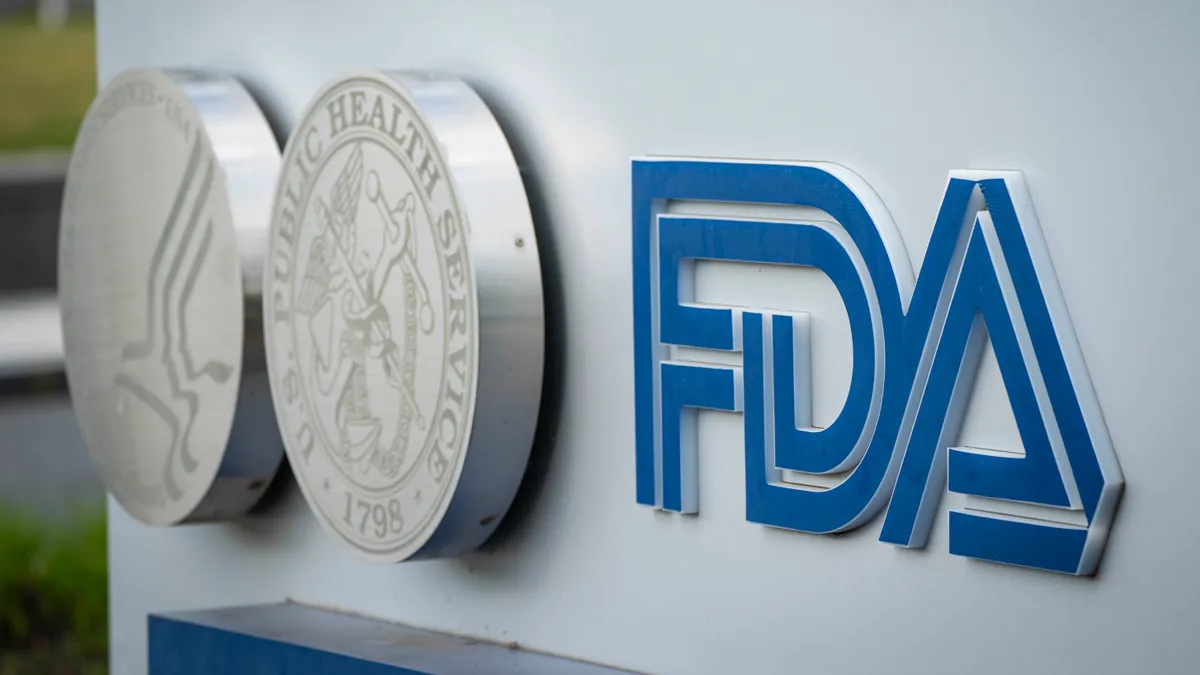Dive Brief:
- FDA stepped up its breakthrough medical devices program in 2021, increasing the total number of products with the regulatory privileges by more than 50% in a single year.
- The agency designated 213 submissions as breakthrough devices last year. In doing so, FDA brought the number of products granted the status since the program began in 2015 up to 617.
- However, the number of novel devices authorized by FDA fell from the record set in 2020. More than 10% of the novel devices authorized last year were breakthrough designated.
Dive Insight:
The breakthrough device program took a while to get going after FDA kicked off the initiative in 2015. FDA awarded the regulatory status to 11 devices in 2016, 19 devices in 2017 and 55 devices in 2018. The annual number of breakthrough designations finally moved into triple figures in 2019, when FDA granted the status to 138 products.
Activity has continued to climb sharply since then and hit a new high last year. At 213, the number of breakthrough device status granted last year is almost equal to all the designations awarded by FDA in the first four years of the program. FDA's Center for Devices and Radiological Health in a 2021 annual report said the program is "far exceeding" expectations.
The increased activity is starting to translate into the authorization of breakthrough designated devices. Last year, 13 of the 103 novel devices authorized by the FDA had breakthrough status. Over the previous five years of its program, the FDA authorized 23 breakthrough designated devices. Given how the number of designations took off starting in 2019, the annual number of breakthrough authorizations should continue to climb.
While the number of authorizations of breakthrough devices rose in 2021, the total number of novel devices that came to market fell compared to the COVID-19-fueled high water mark of 132 that the agency hit in 2020. Even so, at 103, the number of novel device authorizations is third on the all-time list, just behind 2018 and well ahead of the 71 authorizations awarded in 2019.
The fact that three of the top years for novel device authorizations have occurred in the past four years suggests FDA is making progress with its efforts to make the U.S. a priority for the industry. Another data point to support that conclusion arrived last year, when an FDA survey found almost two-thirds of device developers plan to target the U.S. first or at the same time as other markets.











